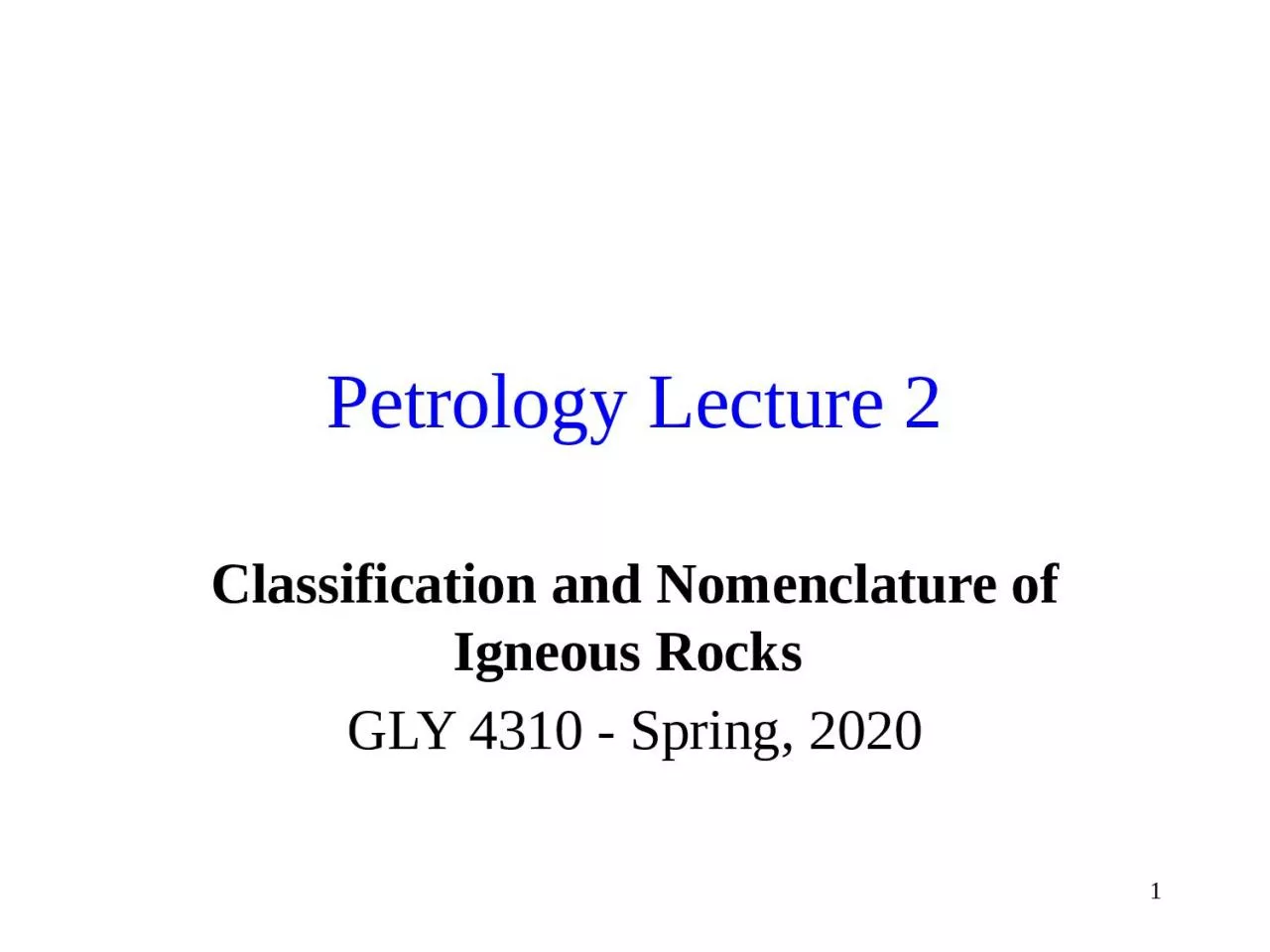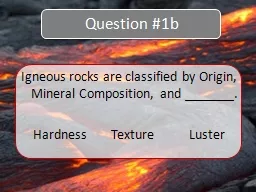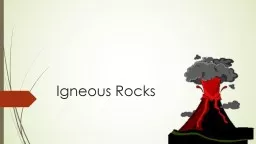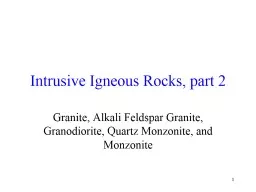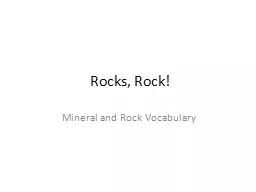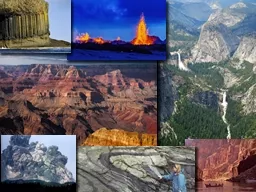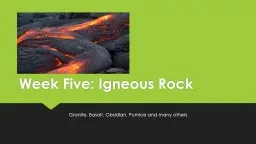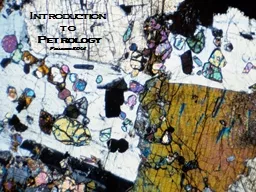PPT-1 Petrology Lecture 2 Classification and Nomenclature of Igneous Rocks
Author : bety | Published Date : 2023-09-25
GLY 4310 Spring 2020 2 Igneous Textures Phaneritic Crystals are readily visible with the unaided eye Aphanitic Crystals if present are too small to be seen with
Presentation Embed Code
Download Presentation
Download Presentation The PPT/PDF document "1 Petrology Lecture 2 Classification and..." is the property of its rightful owner. Permission is granted to download and print the materials on this website for personal, non-commercial use only, and to display it on your personal computer provided you do not modify the materials and that you retain all copyright notices contained in the materials. By downloading content from our website, you accept the terms of this agreement.
1 Petrology Lecture 2 Classification and Nomenclature of Igneous Rocks: Transcript
Download Rules Of Document
"1 Petrology Lecture 2 Classification and Nomenclature of Igneous Rocks"The content belongs to its owner. You may download and print it for personal use, without modification, and keep all copyright notices. By downloading, you agree to these terms.
Related Documents

